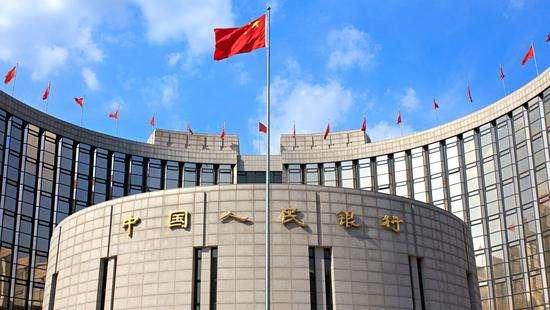BEIJING, May 26 (Xinhua) -- The average reserve requirement ratio (RRR) for financial institutions stood at 9.4 percent on May 15, down 5.2 percentage points from the beginning of 2018, the People's Bank of China (PBOC) said.
The PBOC has lowered the RRR 12 times since 2018, releasing about 8 trillion yuan (about 1.12 trillion U.S. dollars) in long-term funds to bolster the real economy.
Of the total, four RRR cuts in 2018 released 3.65 trillion yuan, five RRR cuts in 2019 released 2.7 trillion yuan and three RRR cuts in the first five months this year released 1.75 trillion yuan.
The RRR cuts have led to the contraction of the balance sheet of the PBOC, but this will not cause the tightening of money supply and is contrary to the balance sheet reduction of the central banks of the developed economies such as the U.S. Federal Reserve to reduce the bond holdings, the PBOC said.
The contraction has a strong expansion effect and the main reason is that lowering the RRR means commercial banks will have less money locked up by the central bank and more money for free use, the PBOC said.
The RRR cuts have helped meet the liquidity demand of the banking system, boost support for small businesses, cut the social financing cost, promote the market-oriented and law-based debt-to-equity swaps, the central bank said.
The cuts have encouraged the rural financial institutions to serve local entities, supported the epidemic prevention and control as well as enterprise work resumption, and played a positive role in bolstering the real economy, the PBOC said. Enditem




 A single purchase
A single purchase









